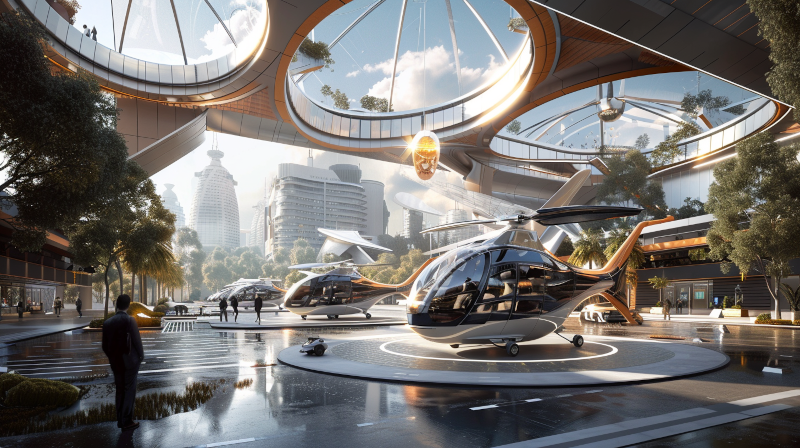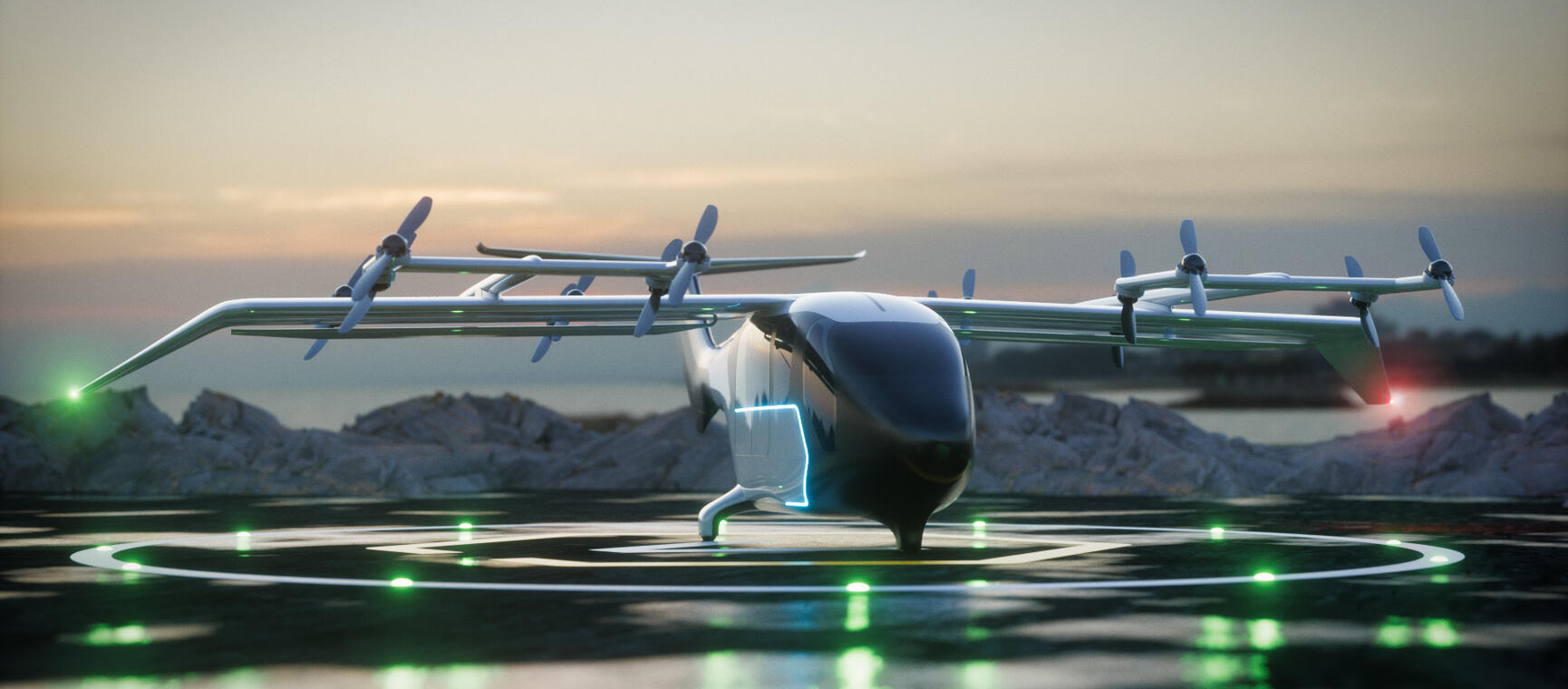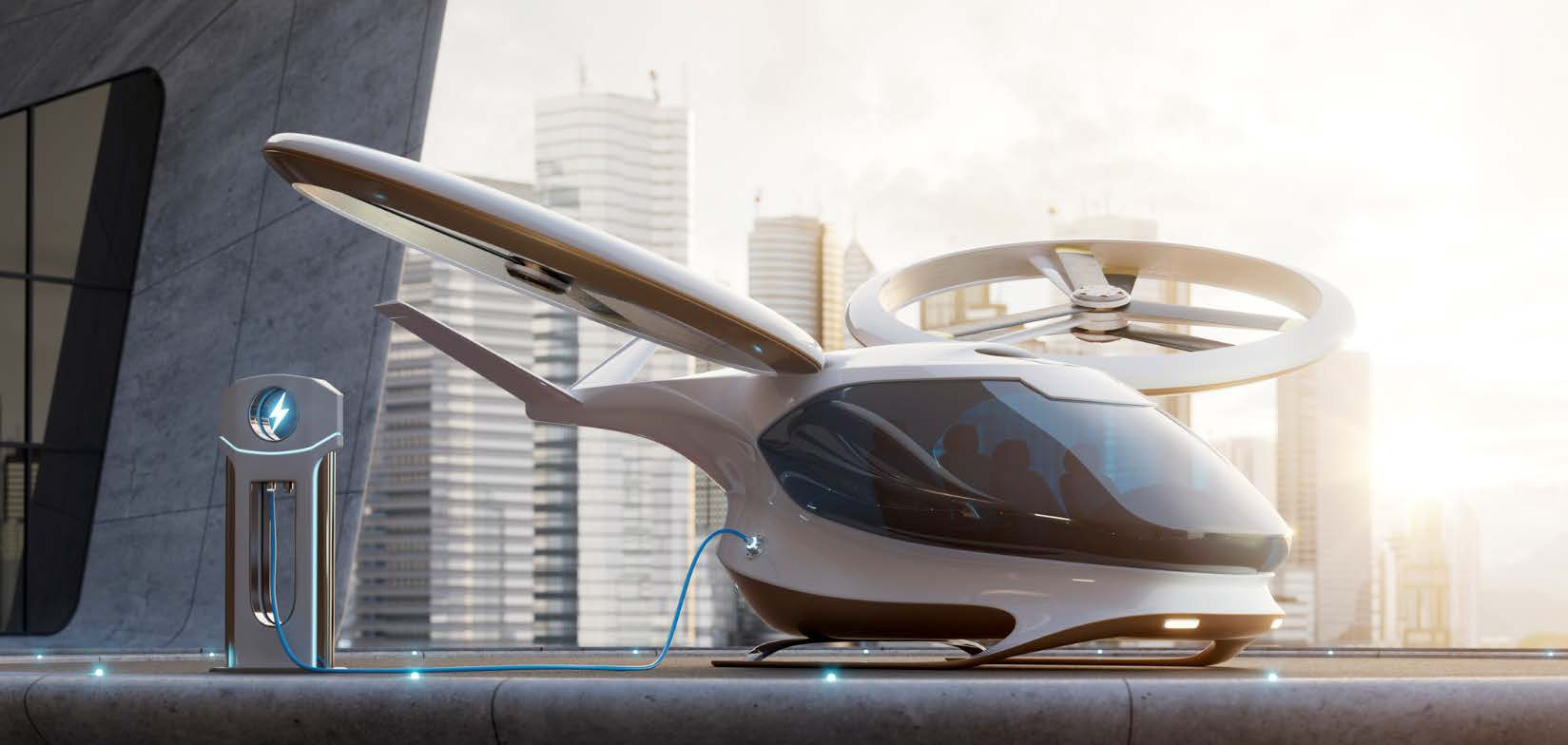The future of urban air transport is where the skies above our cities pulse with the rhythmic flow of electric vertical take-off and landing (eVTOL) vehicles. As these innovative aircraft, pioneered by trailblazers like Joby Aviation, Archer Aviation, and Lilium, take flight, they herald a Game-changing shift in urban mobility—one that is quieter, cleaner, and more efficient than ever. As urban air mobility (UAM) rapidly evolves, the distinction between vertiports and heliports becomes increasingly crucial in shaping how we move within cities. These transportation hubs serve as gateways for vertical take-off and landing (VTOL) aircraft, but they cater to different vehicle types with distinct requirements. Understanding their differences is essential for ushering in a new era of efficient, sustainable, and seamless urban transportation.
Vertiports: Enabling the eVTOL Revolution
Vertiports are the vanguard of the urban air mobility revolution, explicitly designed for the next generation of electric vertical take-off and landing (eVTOL) aircraft. Companies like Joby Aviation, Archer Aviation, and Lilium are pioneering these innovative eVTOL vehicles, which promise a transformative shift in urban transportation—one that is quieter, cleaner, and more efficient than traditional modes.
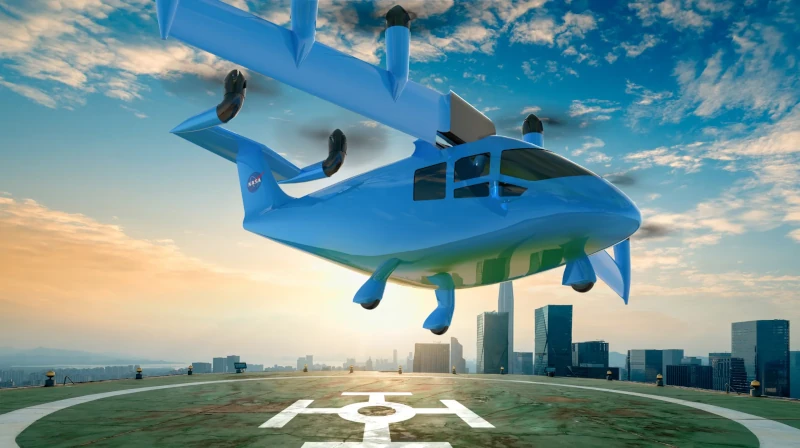
At the heart of vertiport design lies advanced infrastructure tailored to eVTOL operations:
- Compact landing pads optimized for the smaller footprint of eVTOLs
- High-power charging stations to support the energy demands of electric aircraft
- Automated maintenance facilities for routine upkeep and repair of eVTOL vehicles
Real-world partnerships, such as Joby Aviation's collaborations with major cities, demonstrate the practical application of eVTOL technology in urban settings. Vertiports seamlessly integrate state-of-the-art technologies like automated flight control systems, real-time monitoring, and advanced air traffic management solutions to ensure safe and efficient eVTOL operations.
Lilium's Global Vertiport Network
Lilium, a leading eVTOL company, has unveiled ambitious plans for a global vertiport network. Their modular vertiport design features multiple compact landing pads, efficient charging stations, and seamless integration with other modes of transportation. In 2022, Lilium announced partnerships with cities like Orlando and Düsseldorf to establish their first vertiport locations, paving the way for future expansion.
Heliports: Traditional Hubs for Helicopters
In contrast, heliports are built to accommodate conventional helicopters, serving essential roles in emergency medical services, corporate transport, and other aviation applications. Their design reflects the specific needs of helicopter operations:
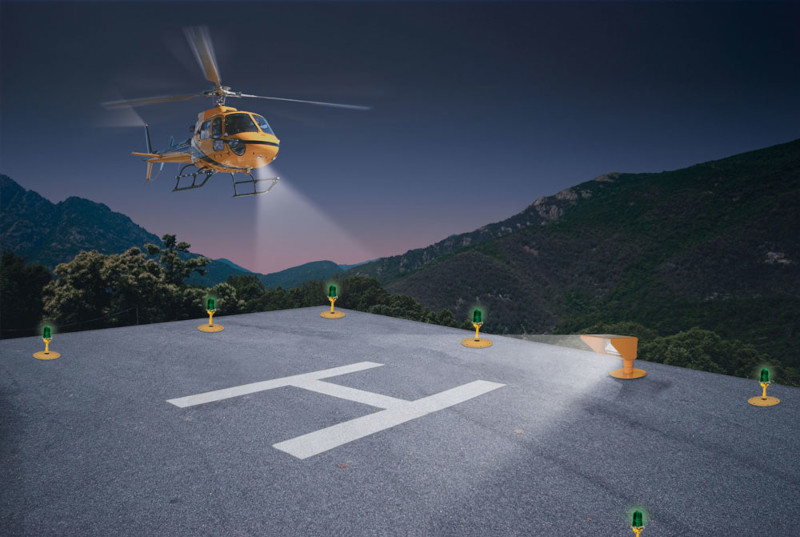
- Robust landing pads that can withstand the weight and dynamics of helicopters
- Fuel storage facilities for traditional aviation fuel
- Established infrastructure designed to handle the physical demands of helicopter operations
The Downtown Manhattan Heliport is a prime example, providing various helicopter services with extensive facilities. However, helicopter operations often need help in densely populated urban areas due to higher noise levels and emissions.
Noise and Environmental Impact: A Defining Advantage
One key advantage of vertiports is their reduced noise and lower emissions footprint than heliports. eVTOLs are inherently quieter than traditional helicopters in terms of their electric propulsion systems. Companies like Volocopter are at the forefront of this revolution, with eVTOL designs significantly reducing noise levels.
To quantify the difference, consider the following comparative chart:
| Aircraft Type | Noise Level (dBA) | CO2 Emissions (g/km) |
|---|---|---|
| eVTOL | 60-70 | 0 |
| Helicopter | 80-90 | 500-1000 |
As the chart illustrates, eVTOLs produce significantly lower noise levels and zero carbon emissions, making vertiports more suitable for urban areas where noise pollution and air quality are major concerns.
Technology Integration and Regulatory Considerations
Vertiports are designed to seamlessly integrate cutting-edge technologies, enhancing the safety, efficiency, and user experience of eVTOL operations. Advanced communication networks, automated flight control systems, and real-time air traffic monitoring make vertiports crucial to the future urban air mobility landscape.
However, safety and regulatory requirements differ significantly between vertiports and heliports. Vertiports require specific protocols and frameworks to address the unique characteristics of eVTOLs, such as battery safety and airspace integration. Organizations like the FAA and EASA are developing guidelines to ensure seamless integration into urban environments.
In contrast, heliports follow well-established regulations and safety protocols tailored to traditional helicopter operations, including fuel handling procedures and adherence to longstanding aviation safety standards.
Scalability and Flexibility: Adapting to Urban Landscapes
Thanks to the modular nature of eVTOL vehicles, vertiports are lauded for their scalability and flexibility. This adaptability allows vertiports to be scaled and modified to meet evolving demand and changing urban landscapes. Companies like Urban-Air Port are pioneering modular vertiport solutions that can be rapidly deployed and expanded.
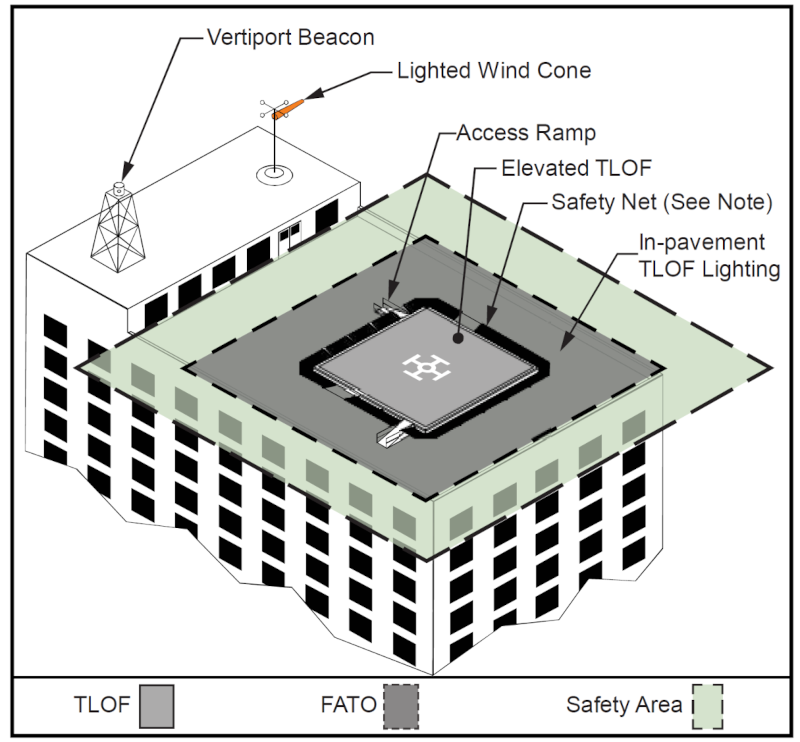
Singapore's partnership with Skyports showcases scalable vertiport solutions in a busy urban environment. In contrast, heliports typically require more physical space and must be more flexible regarding location and scalability due to helicopter operations' stringent spatial requirements.
Dual-Purpose Facilities: Opportunities and Challenges
Operating dual-purpose facilities that accommodate eVTOLs and helicopters may offer advantages in specific scenarios, such as maximizing infrastructure utilization and providing flexibility. However, this approach also presents significant challenges related to infrastructure design, air traffic management, safety protocols, and regulatory compliance.
Munich's hybrid heliport efforts illustrate the challenges and opportunities of dual-purpose facilities. While they offer certain benefits, the complexities may often outweigh the advantages.
Separate Facilities: Optimizing Operations
In many cases, operating separate facilities dedicated to eVTOL and helicopter operations emerges as the more practical and efficient solution. This allows for optimized design, enhanced safety, streamlined regulatory compliance, and tailored technological integration for each aircraft type.
Real-world examples like New York's Manhattan Heliport and Lilium's proposed vertiport in London illustrate the benefits of separate facilities. While they may require higher initial investment, separate facilities can lead to long-term operational efficiencies, better service quality, and improved sustainability.
Strategic Placement and Community Engagement
Regardless of the approach, strategic placement and community engagement are crucial for successfully integrating vertiports and heliports into urban landscapes. Accessibility and minimizing travel time are vital considerations when selecting locations. Engaging with local communities and stakeholders is essential to address concerns, gain support, and foster a collaborative approach.
Effective community engagement strategies, like those employed for vertiport projects in Los Angeles and New York, can help mitigate potential objections, ensure transparency, and promote public acceptance of these advanced transportation hubs.
Conclusion: Shaping the Future of Urban Transportation
As urban air mobility continues to evolve, the strategic development and integration of vertiports and heliports will play a pivotal role in shaping the future of urban transportation. Whether operated as separate facilities or dual-purpose hubs, these innovative transportation nodes will revolutionize how we move within cities, balancing technological advancements, environmental sustainability, operational efficiency, and community acceptance.
By embracing the unique advantages of vertiports and strategically integrating them into urban landscapes, we can pave the way for a cleaner, quieter, and more efficient future of transportation. The sky is no longer the limit—it is the new frontier of urban mobility.
